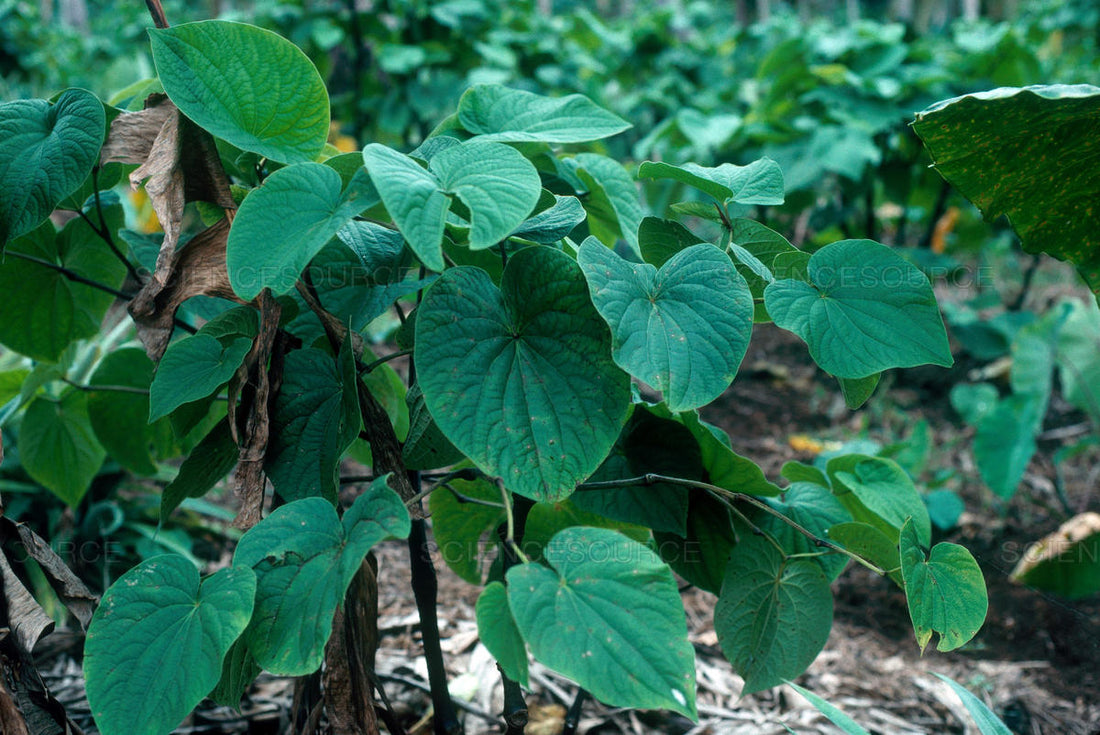Kava, scientifically known as Piper methysticum, is a plant native to the South Pacific islands, including Fiji, Vanuatu, Tonga, and Samoa. The word "kava" is derived from the Polynesian language and means "bitter." The plant has played a significant role in the cultural, social, and ceremonial practices of Pacific island communities for centuries.
Traditional Use: Kava has a long history of traditional use as a ceremonial drink in social and religious rituals. The preparation and consumption of kava are deeply ingrained in the social fabric of many Pacific island societies. The root of the kava plant is harvested, ground, and then mixed with water to produce a mildly psychoactive beverage.
Cultural Significance: Kava ceremonies are often used to mark important events, such as weddings, funerals, and other communal gatherings. The drink is believed to have calming and relaxing properties, promoting a sense of unity and sociability among participants.
European Encounter: European explorers and traders first encountered kava during their voyages to the South Pacific in the late 18th century. While kava gained popularity in the Western world as an exotic beverage, it also faced periods of prohibition due to concerns about its potential health effects. However, in recent years, scientific research has provided a more nuanced understanding of kava's properties.
Kava in the Modern World: Kava has gained recognition for its potential therapeutic properties, particularly its use as a natural remedy for anxiety and stress. It is available in various forms, including extracts, capsules, and teas, in health food stores and online. However, it's essential to note that concerns about potential liver toxicity have led to restrictions on kava in some countries.

